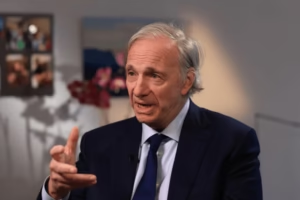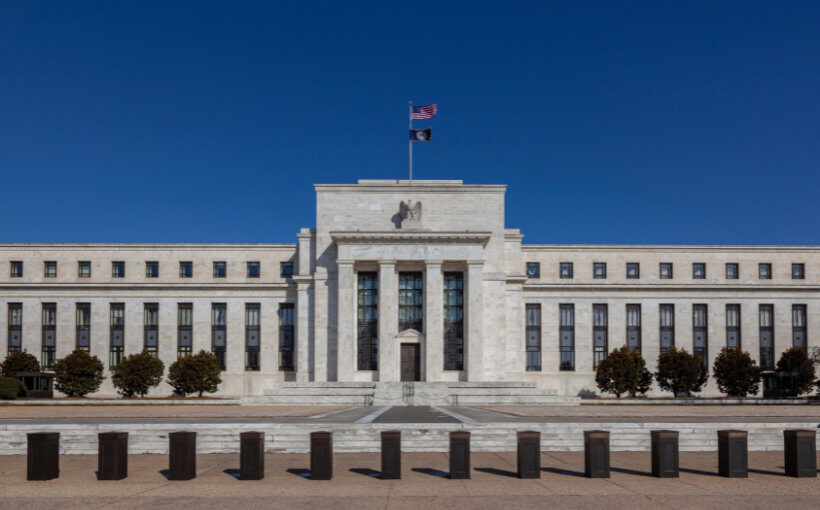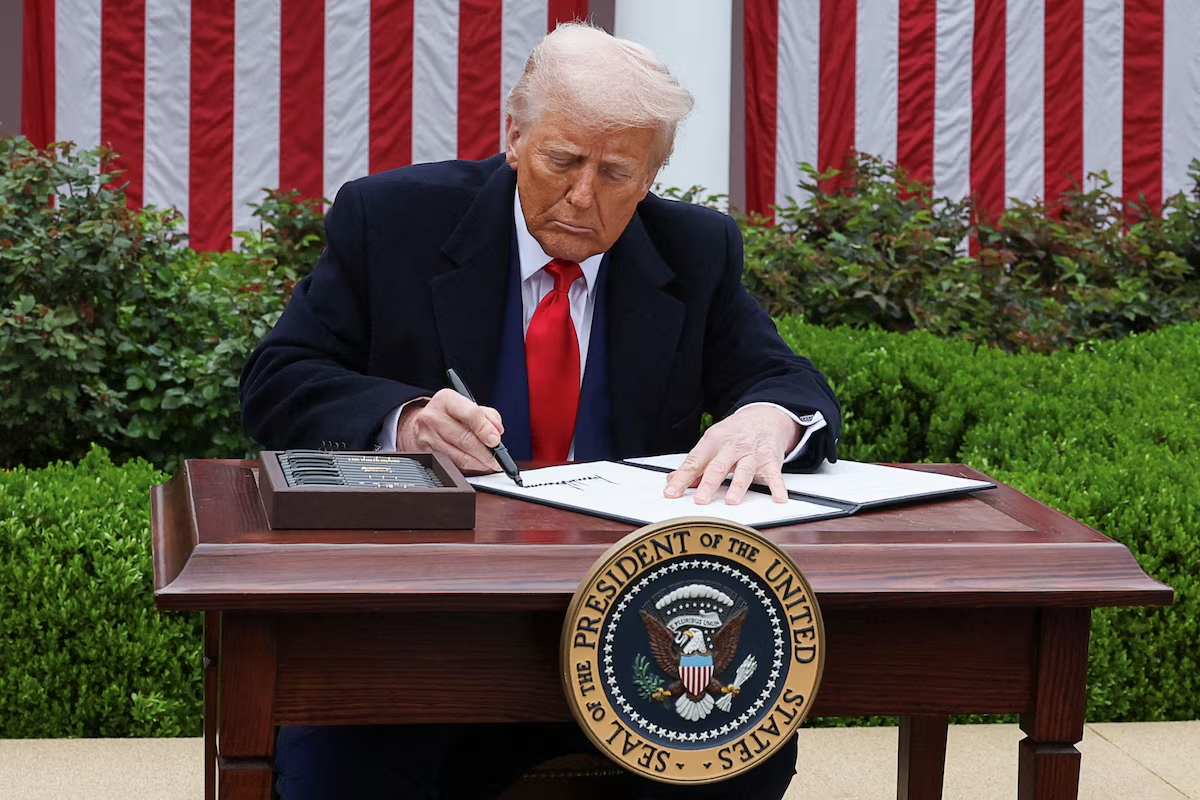In its September 2025 meeting, the Federal Reserve announced a 0.25% reduction in the federal funds rate, setting the target range to 4.00%–4.25%. This marks the first rate cut since December 2024, reflecting concerns over a weakening labor market and persistent inflation.
The decision was influenced by recent data indicating a slowdown in job gains and an uptick in unemployment. Notably, revised figures showed a downward revision of 911,000 jobs over the past year, highlighting the challenges in the labor market.
Fed Chair Jerome Powell emphasized that the rate cut is a “risk management” measure, aiming to support economic growth amid uncertainties. The committee’s projections suggest the possibility of two more rate cuts by the end of 2025, contingent on future economic data.
The decision was not without dissent. New Fed Governor Stephen Miran, appointed by President Donald Trump, voted for a more aggressive 0.50% cut, signaling a divergence in policy perspectives within the committee.
Political pressures have intensified, with President Trump advocating for more substantial rate reductions and attempting to remove Fed Governor Lisa Cook, a move blocked by the courts. These developments underscore the ongoing tension between the central bank’s independence and political influence.
Market reactions were mixed, with U.S. equities showing slight declines, while Asian markets experienced gains. Analysts view the Fed’s actions as a cautious approach to balancing inflation control with employment support.















